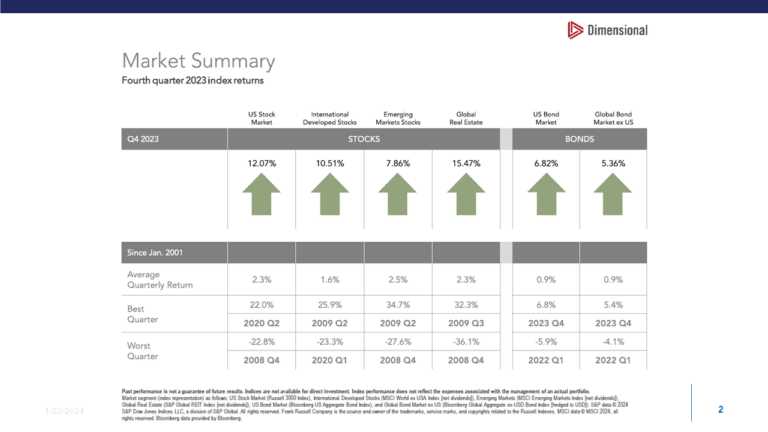Saving for college is important if you want to assist your children in furthering their education. 529 plans are well known and commonly discussed but we rarely hear about other ways to save for a child’s education. This is where the Uniform Gift to Minors Act (UGMA) and Uniform Transfer to Minors Act (UTMA) become relevant. This draft legislation has been around for decades and most states have enacted it, thereby creating what are often nicknamed UGMA and UTMA accounts.
What are the basic rules of UGMA and UTMA accounts?
UGMA/UTMA accounts allow you to save for a child’s expenses. These accounts can be used for college tuition, or they can cover a wide array of other expenses. This is a benefit UTMA/UGMA accounts have over 529 plans. For instance, UTMA/UGMA account assets can be used to buy a child a car while a 529 plan cannot. These accounts can be set up at any major brokerage or through your financial advisor. There are no limits on how much you can contribute, but there can be some federal gift tax considerations if you contribute an amount above the annual gift tax exclusion. In 2017 the annual gift tax exclusion for single tax filers is $14,000 and doubles to $28,000 for married filers. If you give more than that in one year you should consult with a tax preparer about filing a gift tax form. Any amount you contribute to a UGMA/UTMA account is irrevocable and you cannot take it back.
Who owns an UGMA or UTMA?
While a child is under the age of majority, a custodian for the account is required. The custodian acts in the best interest of the child who is the beneficiary of the account. Once the child reaches the age of majority, which could be 18 or 21 depending on your state of residence, the beneficiary officially owns the account. They can do whatever they want with the funds whether the original donor approves or not. Generally speaking, the financial institution will require some paperwork at that age to get the account re-registered in their name.
What investments are available in an UGMA and UTMA?
The difference between UGMA and UTMA accounts matter when we consider what type of investments each hold. UGMA accounts can hold cash, securities (like mutual funds and stocks), and life insurance policies. UTMA accounts allow you to hold the same assets as the UGMA but in addition they can hold property.
What are the tax implications of an UGMA or UTMA?
The person giving a security to the child may benefit by moving an asset taxed at the custodian’s higher tax rate to the child’s lower tax rate. However, there are limits to this tax saving strategy due to the Kiddie tax rules. These rules state that in 2017 a child can receive $1,050 in unearned income (investment income) without being taxed, the next $1,050 will be taxed at the child’s tax rate. Any income over a total $2,100 of unearned income will be taxed at the parent’s marginal tax bracket.
Do UGMA’s or UTMA’s affect Financial Aid?
The assets held in UGMA and UTMA accounts can affect financial aid packages for children. The FAFSA and Expected Family Contribution calculation take into consideration these funds as assets of both the parent and child. Assets in the child’s name have a larger impact than assets in the parent’s name. This is because they expect that any assets a child holds would be used to pay for college in larger proportion than their parent’s holdings.
Elise Murphy, CFP®
Financial Advisor


